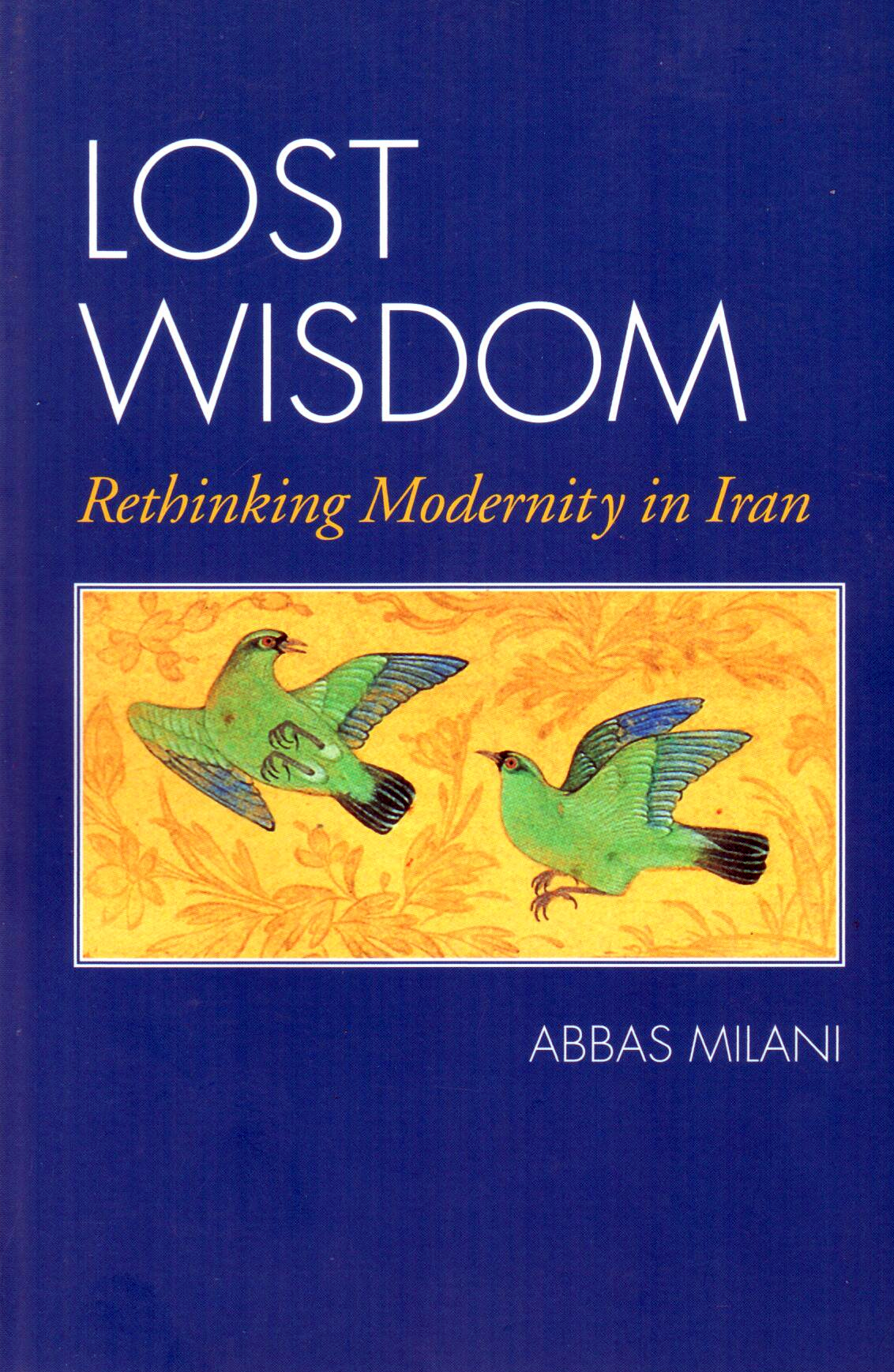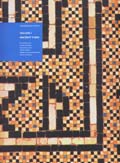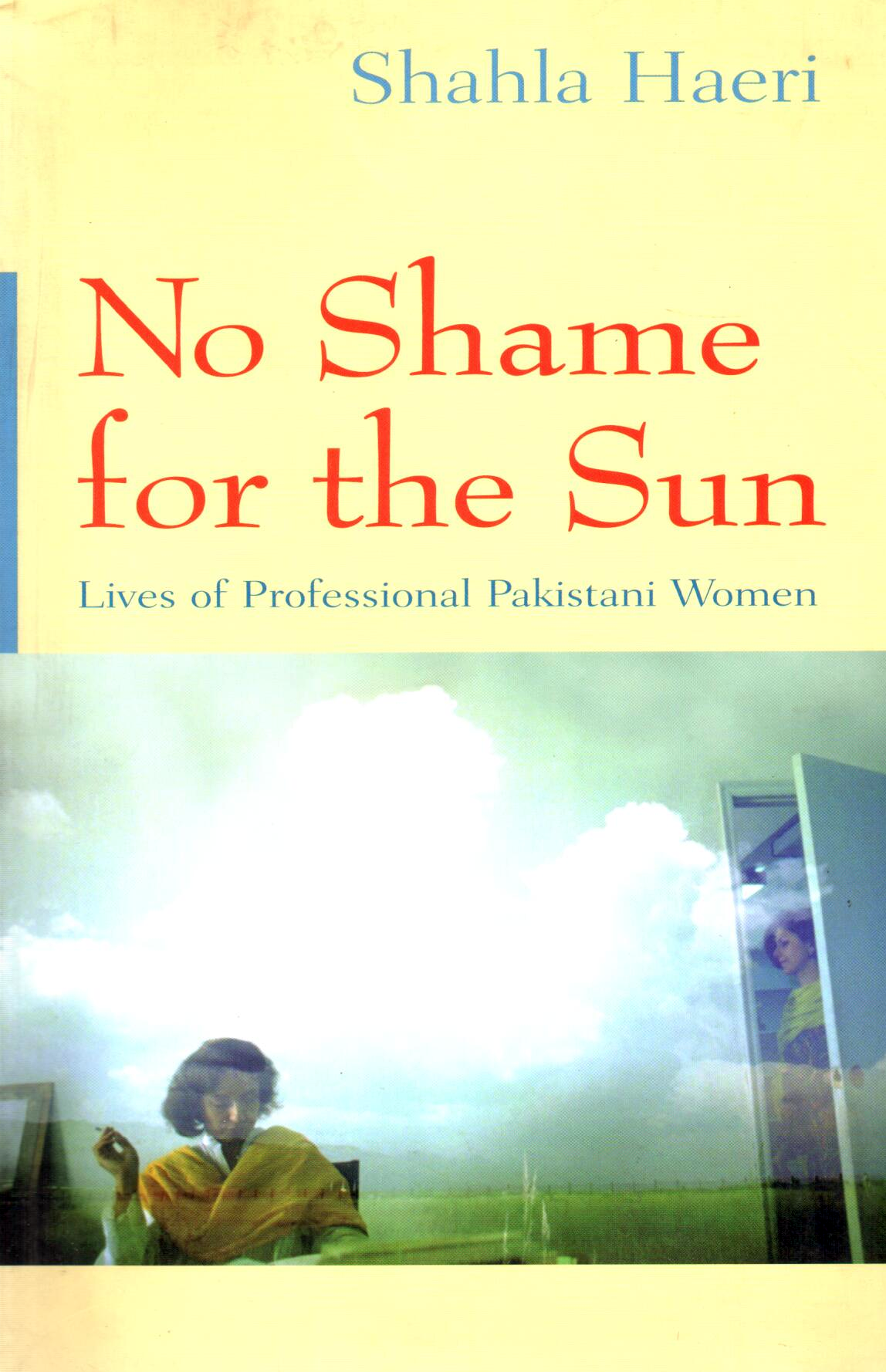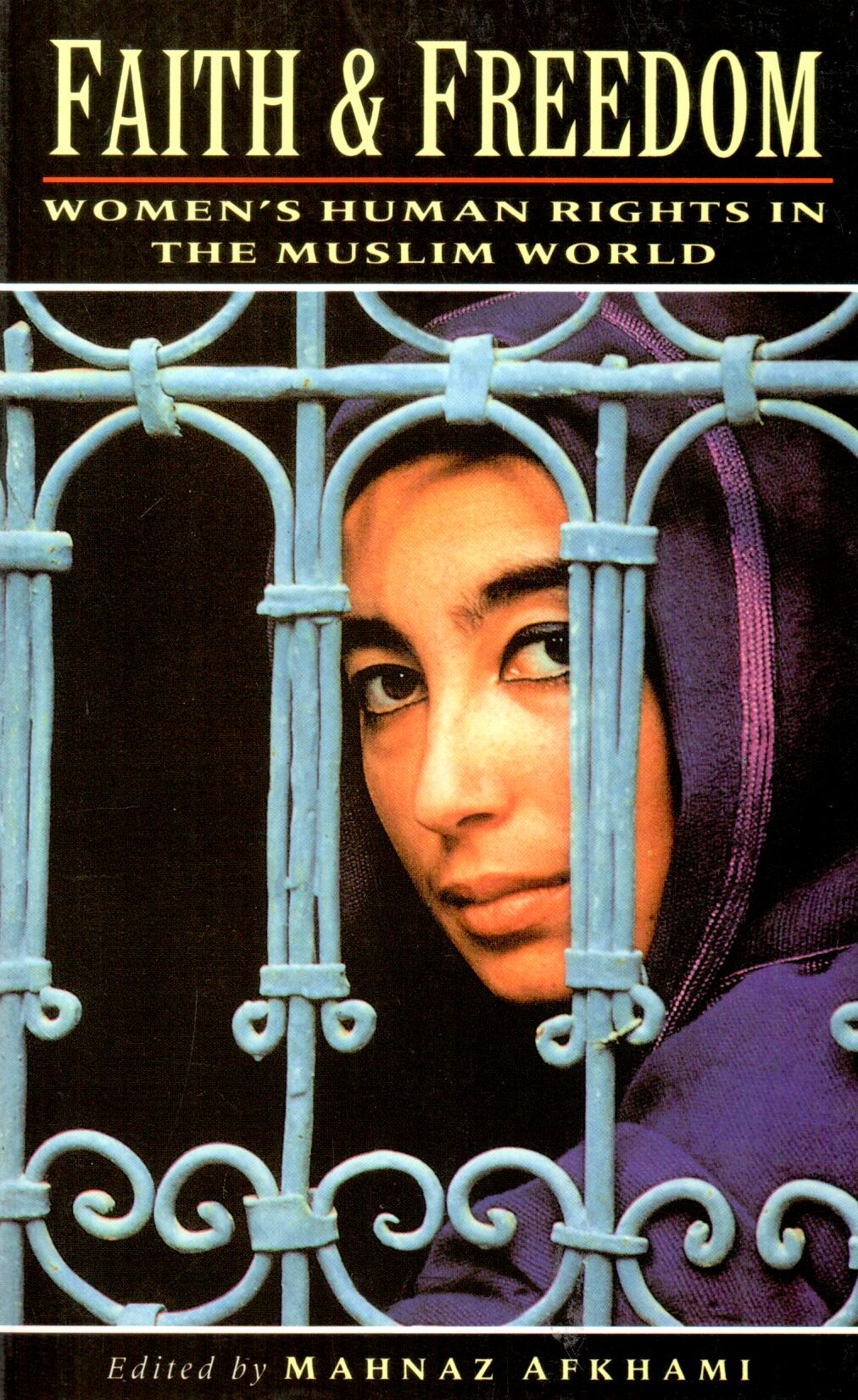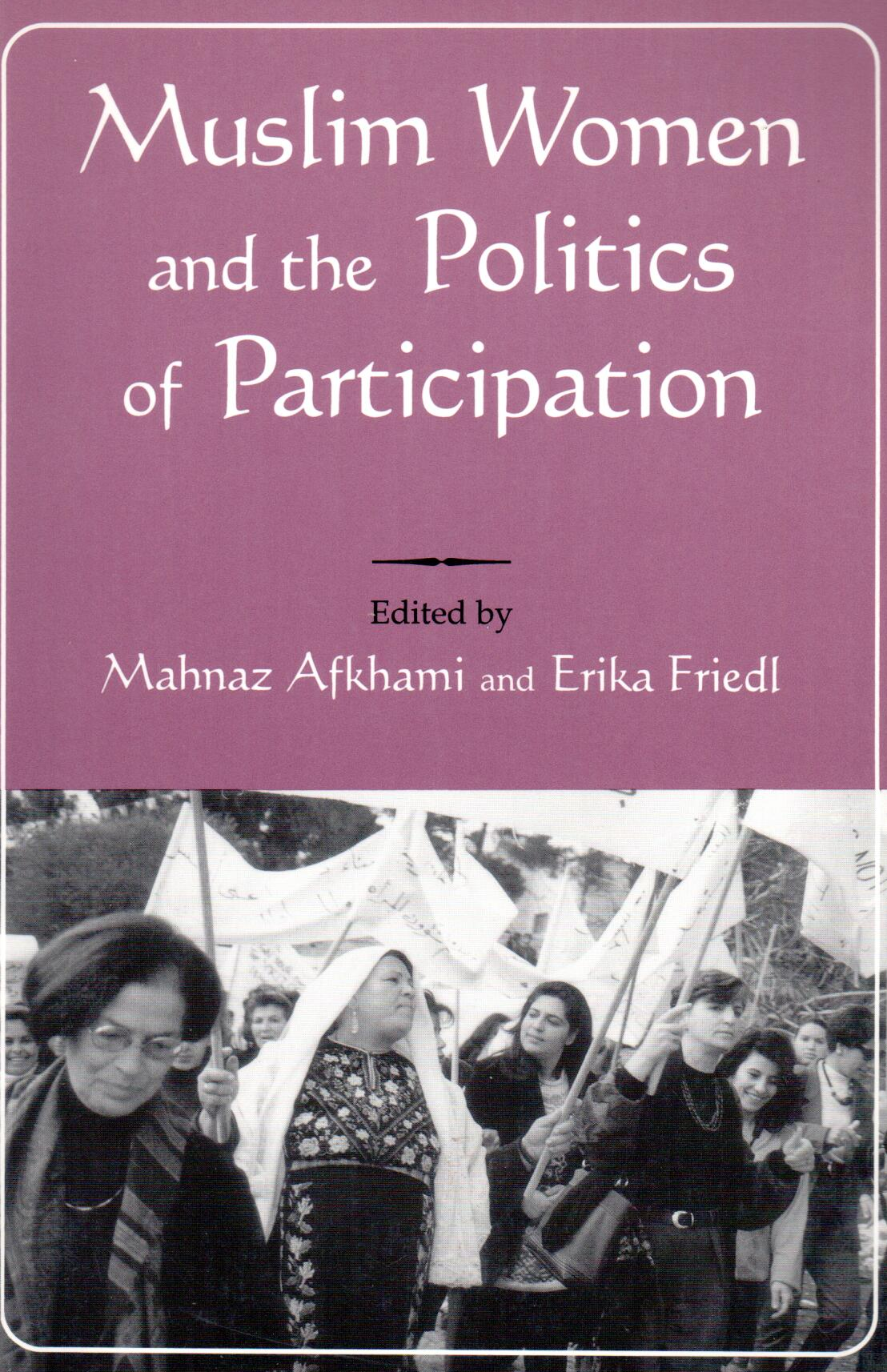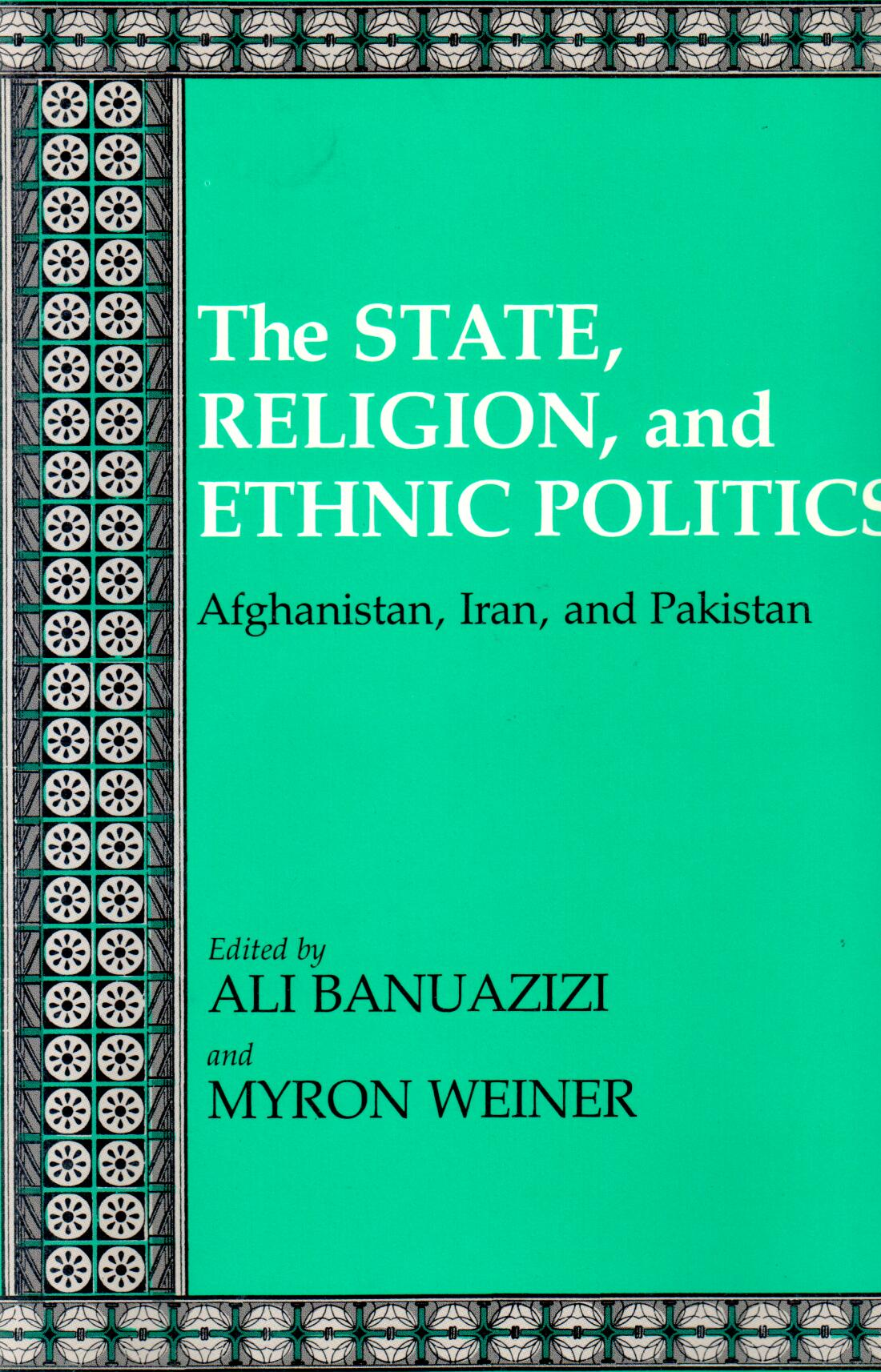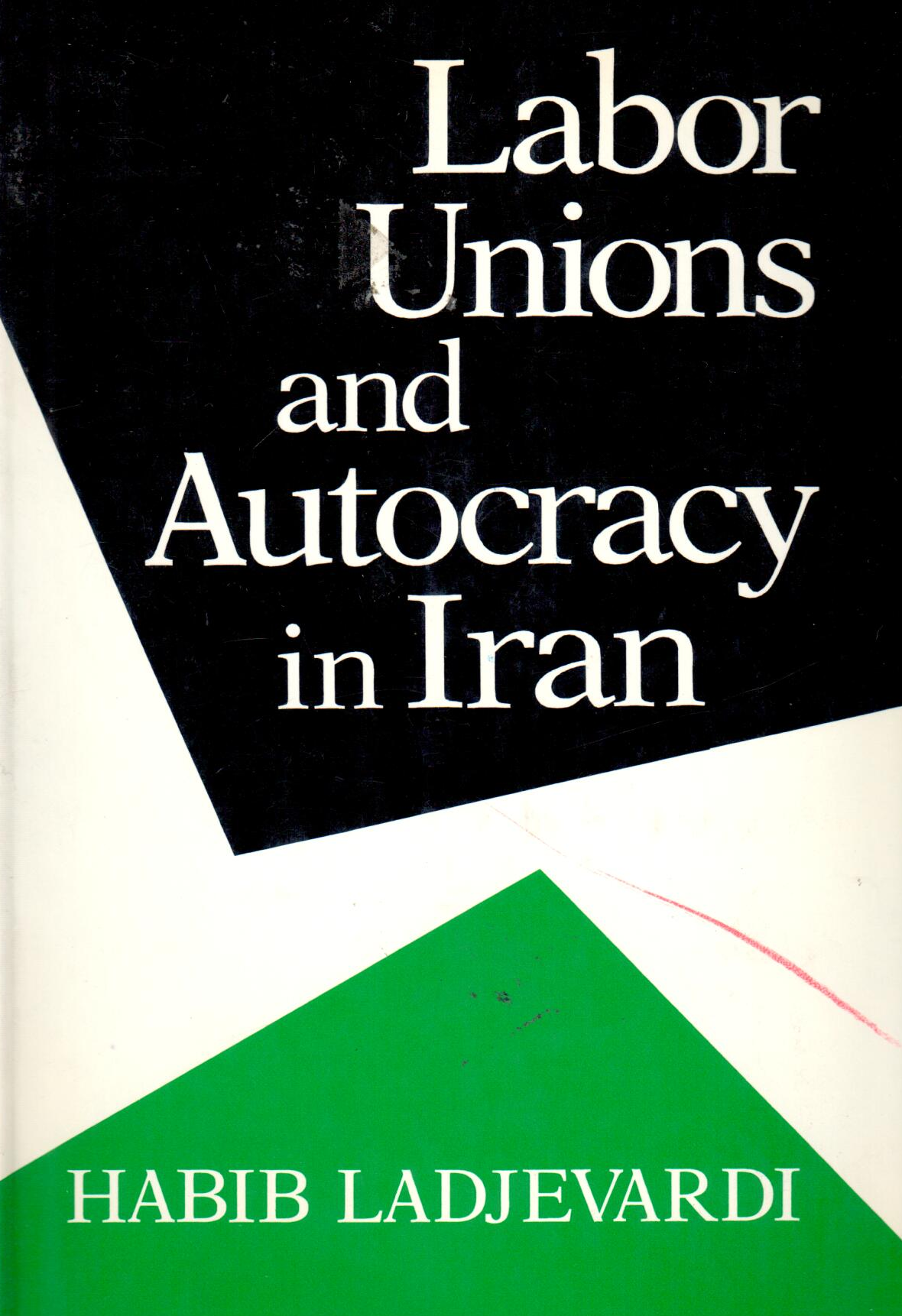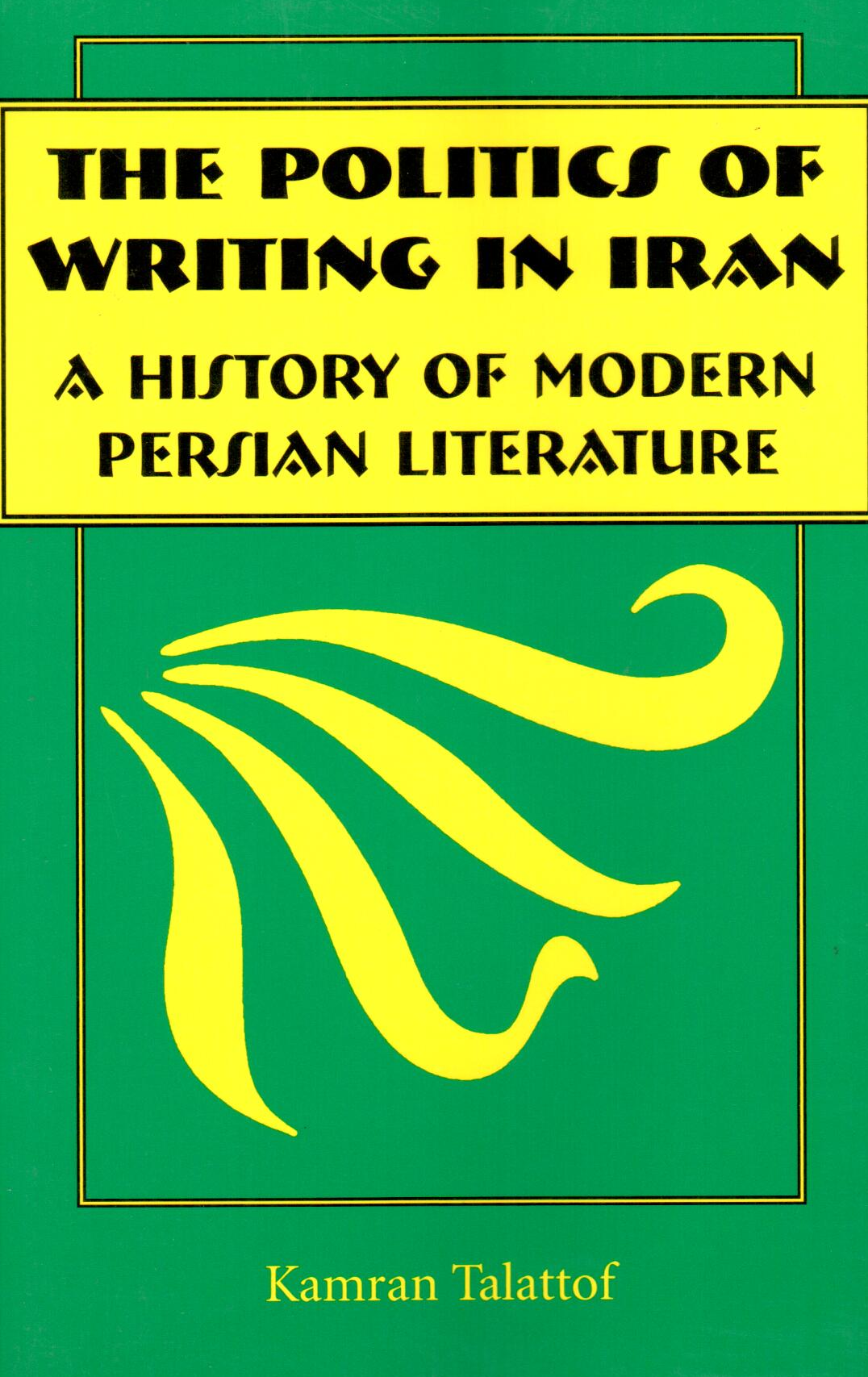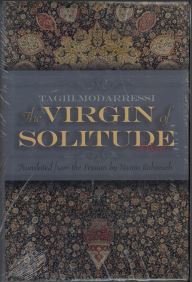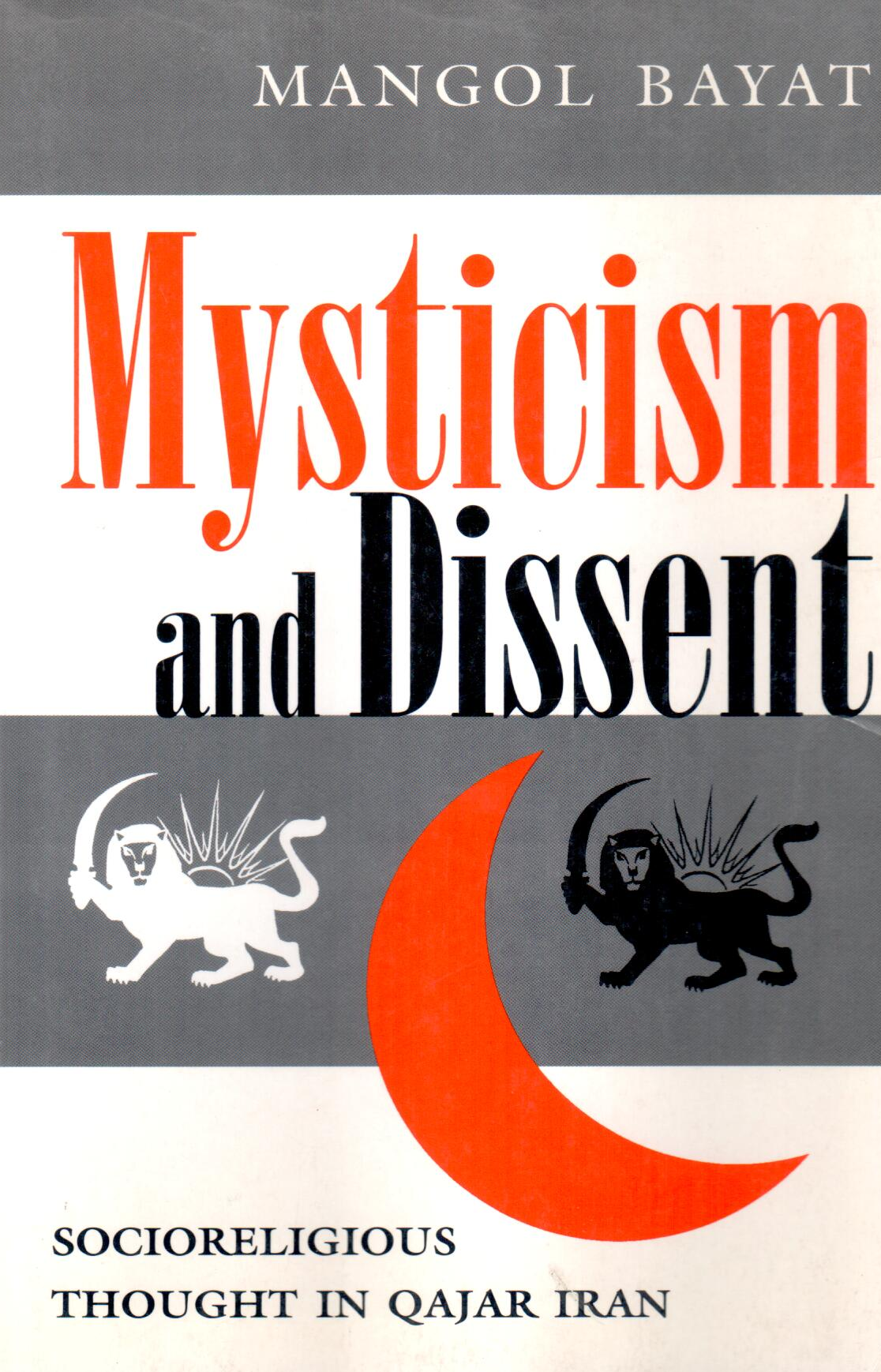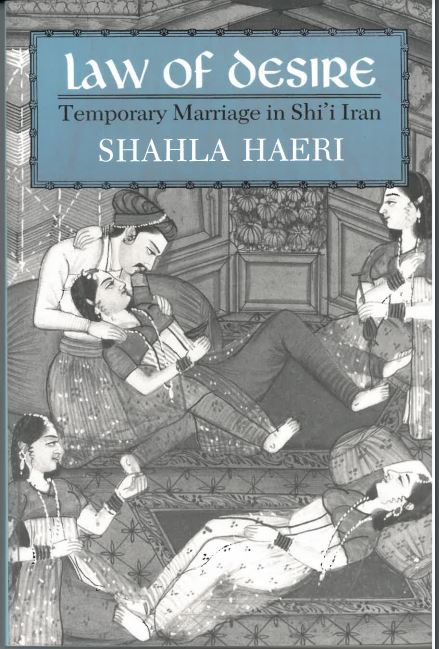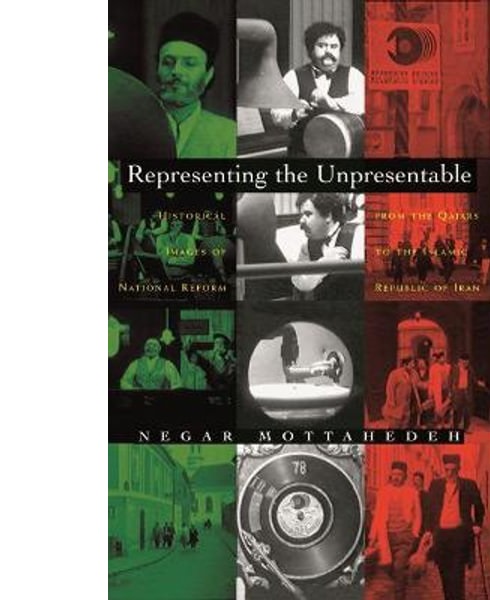Missing Persians: Discovering Voices in Iranian Cultural History انگلیسی 2001
Missing Persians: Discovering Voices in Iranian Cultural History
15٫63 £
اشتراکگذاری
Wishlist
شابک:
0815628374
گروه سنی:
بزرگسال
صفحات:
191
وزن:
280 g
ابعاد:
14 x 21 x 1٫34 cm
جلد کتاب:
کاور کاغذی
´Missing Persians´ serves to articulate in elegant, vibrant prose the disparate and displaced narratives of five Persian subjects. Nasrin Rahimieh´s complex and nuanced arguments effectively demonstrate the links that her five figures have to stable Persian identity- complicated by their experiences of travel, exile, conversion, and social change.
Rahimieh Delineates the captivationg histories of ´missing´Persians from the sixteenth century to modern times and defines the arbitrary generic boundaries that isolate Persian biographies, autobiographies, travelogues, and social histories. Balancing their documentary and histotical value with creative and fictional elements, she reads them as individual engagements with broader questions of Persian identity at different moments of the nation´s history. As modes of self-expression, these texts reveal both remnants of traditional Persian literary forms and new styles adopted through translations and readings in European literature and history.
Even as it sheds new light on crucial points in cultural self-definition, ´Missing Persians´offers a fresh look at traditional institutions, the role of women, and Persia´s turbulent struggle to
more
´Missing Persians´ serves to articulate in elegant, vibrant prose the disparate and displaced narratives of five Persian subjects. Nasrin Rahimieh´s complex and nuanced arguments effectively demonstrate the links that her five figures have to stable Persian identity- complicated by their experiences of travel, exile, conversion, and social change.
Rahimieh Delineates the captivationg histories of ´missing´Persians from the sixteenth century to modern times and defines the arbitrary generic boundaries that isolate Persian biographies, autobiographies, travelogues, and social histories. Balancing their documentary and histotical value with creative and fictional elements, she reads them as individual engagements with broader questions of Persian identity at different moments of the nation´s history. As modes of self-expression, these texts reveal both remnants of traditional Persian literary forms and new styles adopted through translations and readings in European literature and history.
Even as it sheds new light on crucial points in cultural self-definition, ´Missing Persians´offers a fresh look at traditional institutions, the role of women, and Persia´s turbulent struggle to
more




